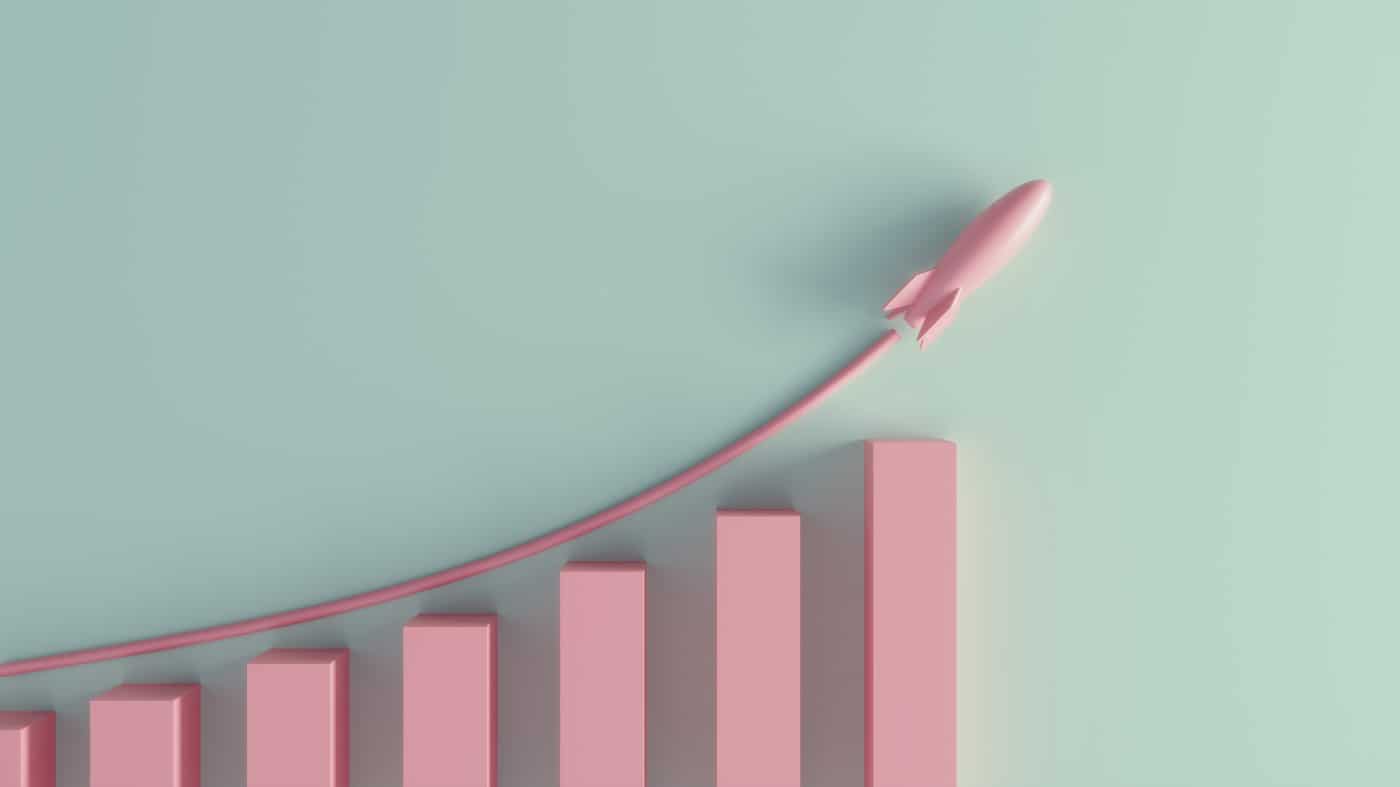FTSE 250 global investment manager abrdn (LSE: ABDN) paid a dividend last year of 14.6p. It yields 9.2% on the current share price of £1.58.
This is over two-and-a-half times the average FTSE 250 payout of 3.3% and the FTSE 100’s 3.5%.
The firm has paid precisely the same total dividend for the past four years without a hitch. Analysts forecast that it will continue to pay 14.6p a year this year, next year, and in 2026 as well.
What level of income does this generate?
If I bought £9,000 (the same amount I started investing with 30 years ago) of abrdn shares today, I would make £828 in dividends this year.
After 10 years on the same average yield, this would rise to £8,280, and after 30 years to £24,840.
This is much better than I could make from a regular UK savings account for sure. But by using the dividends to buy more abrdn stock, I could make even more – a lot more, in fact.
Turbo-charging income through compounding
Doing this (‘dividend compounding’ in market lingo) would make me £13,505 in dividends after 10 years, not £8,280. This is given an average 9.2% yield over the period.
After 30 years on the same basis, this would jump to £131,710 rather than £24,840.
Adding in the initial £9,000 would give a total abrdn investment value of £140,710. It means my investment would have grown by more than 15 times.
And it would be paying me £12,945 a year (or £1,079 each month) in dividends by that stage.
An unfortunate year
Arbdn has three core businesses – Investments, Adviser, and interactive investor. The first has around £369bn of assets under management (AUM). Adviser has about £75bn in AUM and interactive investor £73bn.
In 2023, the firm was relegated from the FTSE 100 primarily on disastrous H1 results for its Investments arm. Operating profit in the division fell 66% year on year from £76m to £26m and net fund flows dropped 83%. At the same time, the firm’s cost-to-income ratio increased from 86% to 94%.
Its demotion from the leading index meant that FTSE 100 tracker funds automatically sold the stock. The same went for funds that can only hold the top-credit-rated shares in the top index.
However, at that point, abrdn embarked on a major firm-wide reorganisation, whereupon I bought the stock.
How does the business look now?
I believe there is every chance that this will work in restoring the company’s fortunes. If it does, I think there is also a possibility that it will be promoted back to the FTSE 100.
It was relegated and promoted in 2022 as well, with the share price falling and rising dramatically on these events.
The thrust of its plan is to increase profitability while reducing costs by around £150m. The key risk for it is that the reorganisation stalls for any reason.
However, its H1 results saw an IFRS post-tax profit of £171m against a £145m loss in H1 2023. Additionally positive was that adjusted operating expenses fell 13% to £372m. Earnings per share also increased, as did AUM.
Given the success so far in its turnaround and its still ultra-high yield, I will be buying more of the shares very soon.
This post was originally published on Motley Fool





